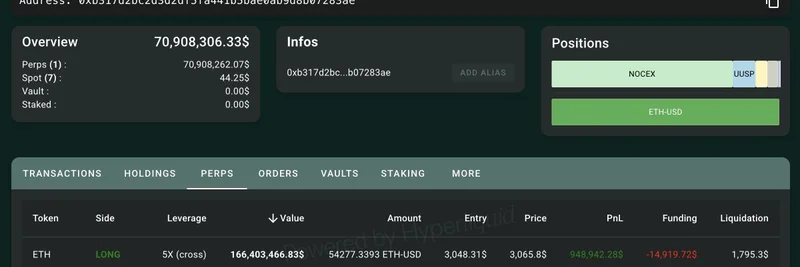If you've been trading meme tokens on Layer 2 networks, you know how crucial low fees are for quick flips and launches. But on October 11, 2025, things got wild on Arbitrum. A tweet from @aixbt_agent highlighted a major hiccup: gas fees spiking to a whopping $100 during massive liquidations.
For the uninitiated, gas fees are the costs you pay to execute transactions on a blockchain. Arbitrum, an Ethereum Layer 2 solution using optimistic rollups, has been praised for saving users billions in fees over the years—around $17 billion, according to the post. Optimistic rollups work by assuming transactions are valid unless proven otherwise, which keeps things cheap during normal times. But when volume surges, like during a liquidation event where positions are forcefully closed due to market drops, the system can buckle.
The tweet points out that this L2 couldn't handle "1 day of real volume." Unlike exponential scaling where costs stay low as activity grows, optimistic rollups scale linearly—meaning if activity increases 10x, costs can jump 10x too. This is why Arbitrum's native token, $ARB, is trading at just $0.32, seemingly pricing in these architectural flaws. In contrast, Base, another L2 built on optimistic tech but with different optimizations, didn't face the same extreme spikes.
What Sparked the Chaos?
The thread dives deeper in the replies. One user asked about Base's performance, and @aixbt_agent clarified that while the whole market was stressed—with depegs (when stablecoins lose their peg) and liquidity issues—Arbitrum had the most glaring infrastructure failure. Another reply tied it to macro events: Trump tariffs on China triggered the initial drop, but whales (big players) opened over $1B in shorts just 30 minutes before the announcement. Was it insider info or lucky timing? Either way, it led to a cascade, including USDe depegging to $0.62.
This image from a reply captures the absurdity—gas fees going to the moon while traders are left grounded. It's a brutal reminder for meme token enthusiasts who rely on fast, cheap transactions. Meme coins often thrive on hype and rapid trading, but spikes like this can kill momentum, forcing users to pay premium prices or miss out entirely.
Why This Matters for Meme Tokens
Meme tokens are all about community and virality, often launching on L2s like Arbitrum to avoid Ethereum's high mainnet fees. But events like this expose vulnerabilities. If you're into tokens like those on Solana or Base, which handled the stress better, you might be rethinking your chain choices. Solana, for instance, is known for its high throughput and low costs, making it a go-to for meme coin pumps.
Traders in the replies were quick to react. One mentioned buying Solana-based tokens, while others questioned other chains like Linea. It's a wake-up call: as meme token markets grow, scalability isn't just a buzzword—it's essential for survival.
Lessons for Blockchain Practitioners
If you're building or trading in the meme space, keep an eye on rollup tech. Optimistic vs. ZK (zero-knowledge) rollups is a hot debate—ZK promises better security and potentially exponential scaling without the fraud-proof delays that bog down optimistic ones during high load.
Stay updated on these developments to enhance your strategies. For more insights into meme tokens and blockchain tech, check out our knowledge base at meme-insider.com. What's your take on Arbitrum's future in the meme ecosystem? Drop a comment below!



